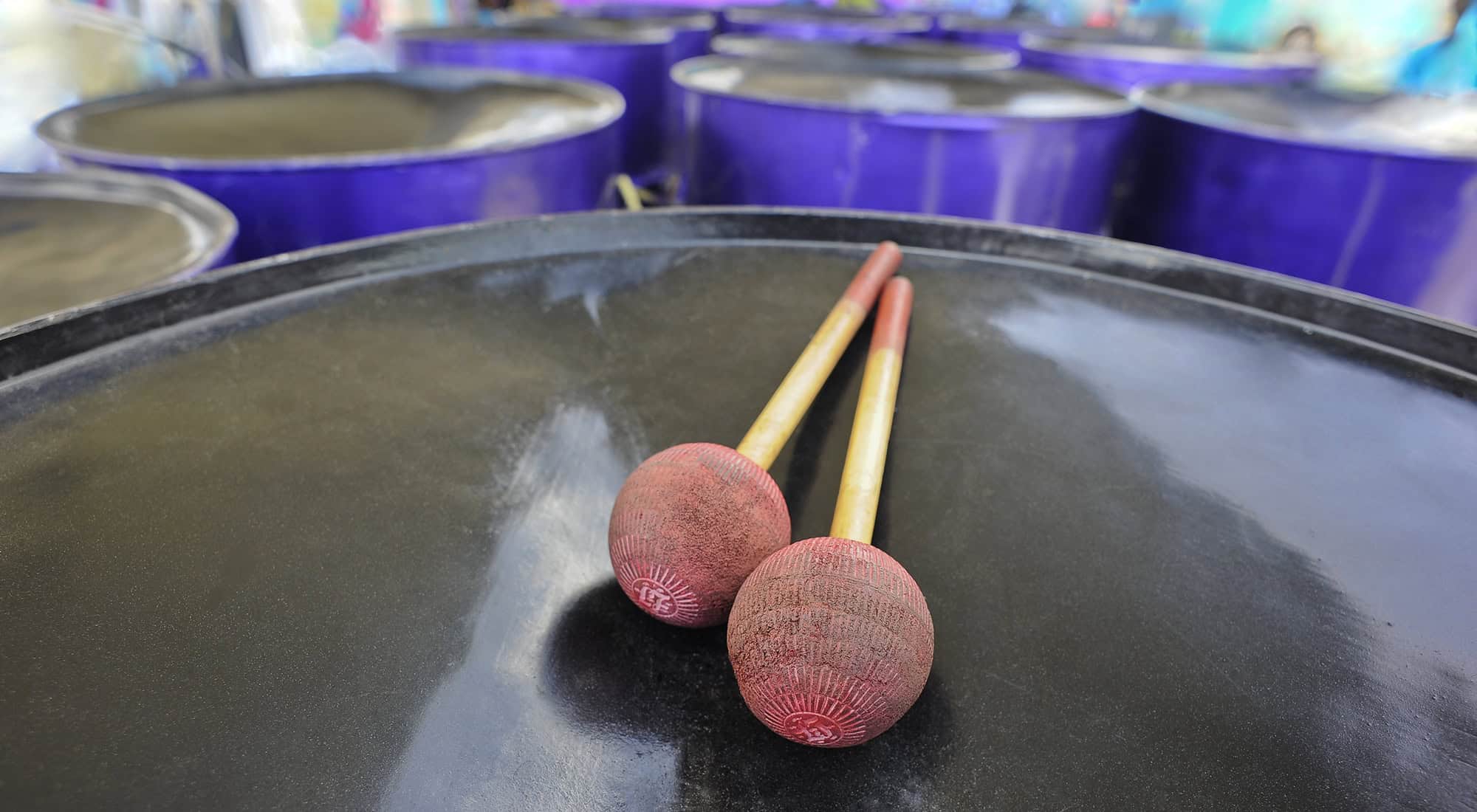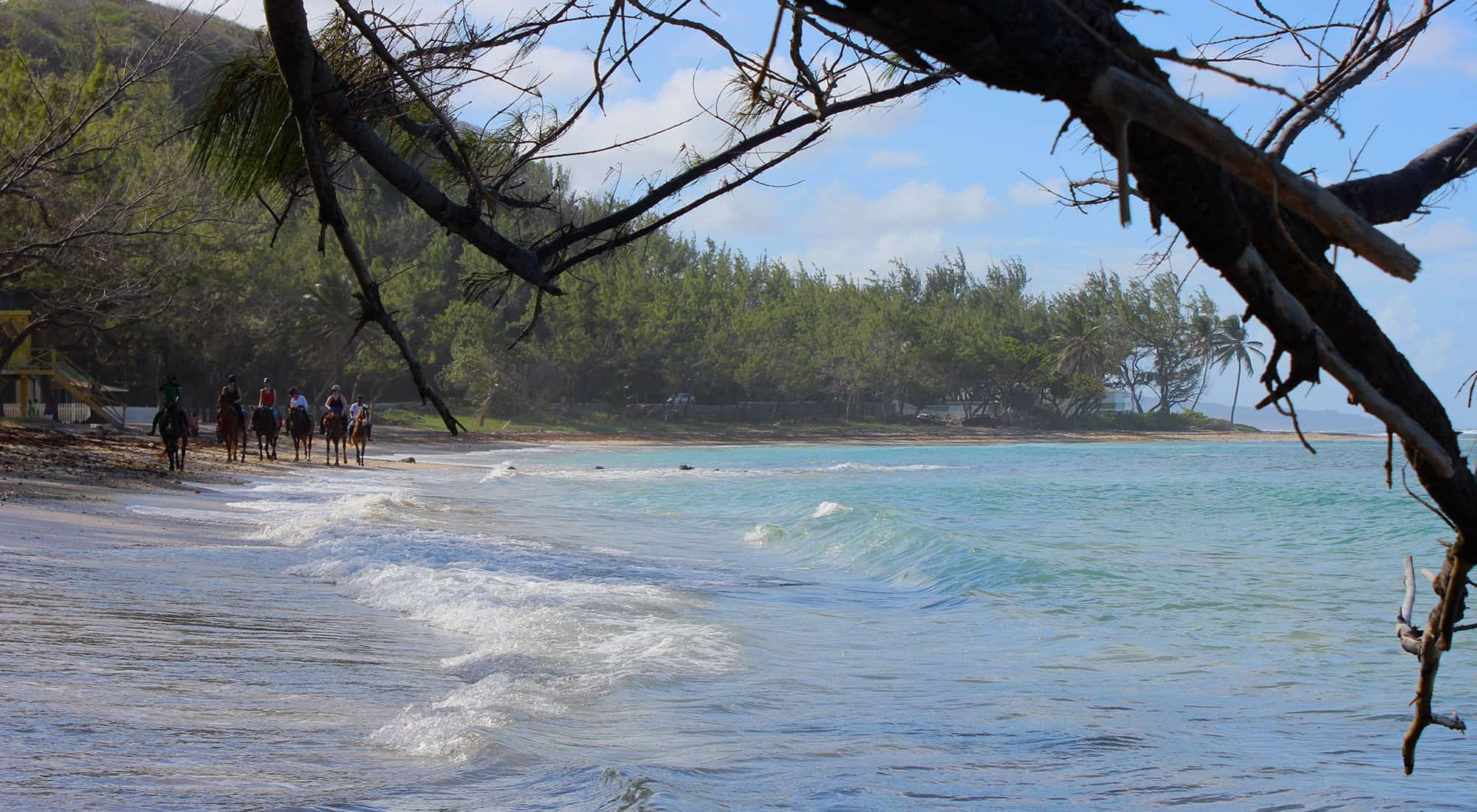No visitor to Barbados can fail to notice the extent to which music pervades daily life. Whether it is reggae pounding out from a passing ZR van or gospel music being belted out in a church, Bajan rhythm is inescapable.
The West Africans dragged to the island as slaves brought with them tastes in music and dance which are still evident today. This intensity of sound and beat has produced many musicians, several of which have become world famous, such as The Mighty Gabby, reggae vocalist and songwriter David Kirton, jazz saxophonist Arturo Tappin, Red Plastic Bag and John King, Krosfyah, Square One and Spice. And then there’s Rihanna…
Calypso is the musical form for which Barbados is most famous, although it was originally developed in Trinidad. Calypsonians (or kaisonians, as the more historically minded call them) are the commentators, champions and sometime conscience of the people. This unique musical form, a mixture of African, French and, eventually, British, Spanish and even East Indian influences, dates back to Trinidad’s first ‘shantwell’, Gros Jean, late in the 18th century. Since then it has evolved into a popular, potent force, with both men and women (also children, of late) battling for the Calypso Monarch’s crown during Crop Over, Barbados’ carnival. The season’s calypso songs blast from radio stations and sound systems all over the islands and visitors should ask locals to interpret the sometimes witty and often scurrilous lyrics, for they are a fascinating introduction to the state of the nation. Currently, party soca tunes dominate although some of the commentary calypsonians are still heard on the radio. There is also a new breed of ‘Rapso’ artists, fusing calypso and rap music. Chutney, an Indian version of calypso, is also becoming increasingly popular and is also being fused with soca, to create ‘chutney soca’.
Pan music has a shorter history, developing in the 20th century from the tamboobamboo bands which made creative use of tins, dustbins and pans plus lengths of bamboo for percussion instruments. By the end of the Second World War some ingenious souls discovered that huge oil drums could be converted into expressive instruments, their top surfaces tuned to all ranges and depths (eg the ping pong, or soprano pan embraces 28 to 32 notes, including both the diatonic and chromatic scales). Aside from the varied pans, steel bands also include a rhythm section dominated by the steel, or iron men.
Reggae is tremendously popular in Barbados and is played everywhere, all day, all night. However, Barbadians like to vary their reggae so there is also a fusion of reggae and soca, known as ragga-soca, which has a faster rhythm than reggae but slower than up-tempo soca. Ringbang, created in 1994, is a mixture of all the varied types of Caribbean music with the emphasis on the beat rather than the melody.
Tuk is one of the most traditional forms of folk music, having its origins in slave culture of the 17th century, and an important means of expression for the black masses in Barbados. It was banned by the English as subversive; plantation overseers believed that the drums were used to send messages, and it had to wait until after emancipation to resurface officially. Since the revival of Crop Over in 1974, tuk bands have flourished. The instruments used in a tuk band are the kettle drum, bass drum and tin flute. There are several school tuk bands as it is promoted among the younger generation to preserve the island’s cultural heritage. The music is lively, with a pulsating rhythm influenced by British regimental band music as well as African dances. It is ‘jump-up’ music, used at holiday times and carnival for masquerades, when tuk bands travel from village to village, playing popular tunes and inviting audience participation.










